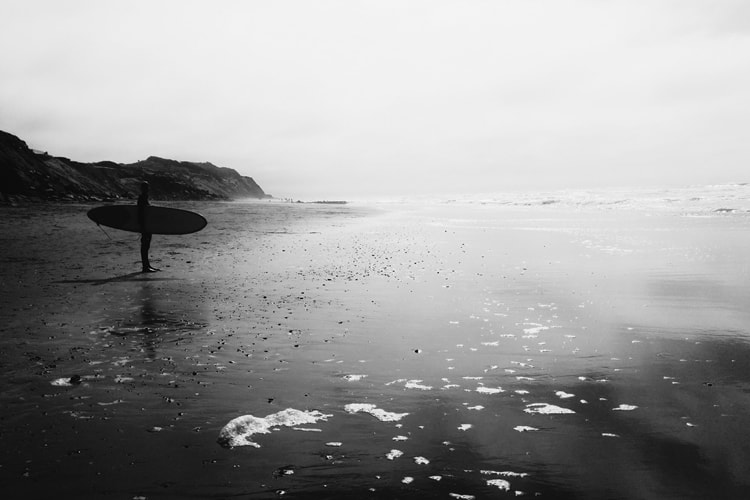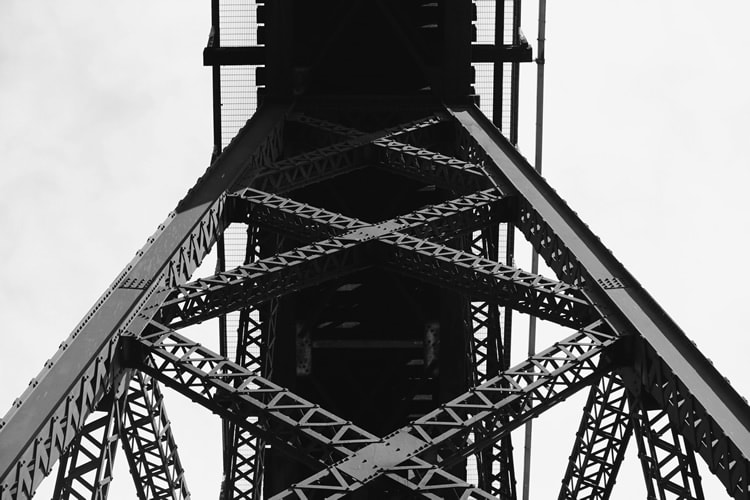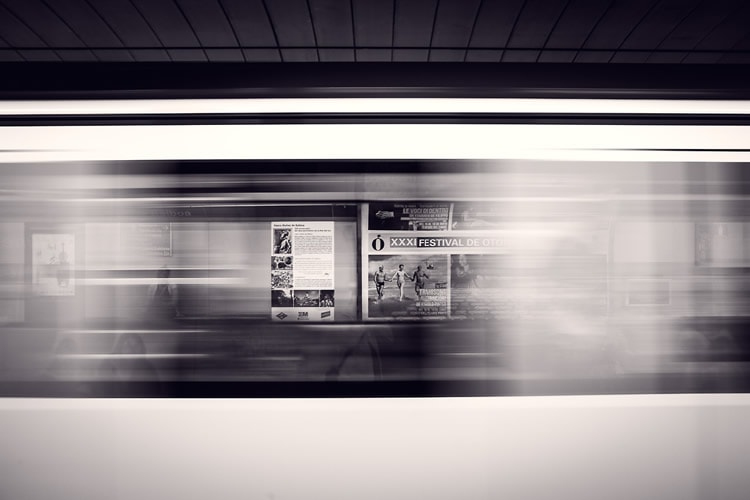Learn to Create Amazing Black & White Photographs
While black and white is often regarded as second best to color, this misconception couldn’t be further from the truth.
In the early days of photography, photographers were limited to black and white, or sepia. With the absence of color, photographers had to reply on other elements to compose their photographs. Still, they managed to make it work, and beautifully. Some of the most enduring and powerful photographs – were captured in black and white.

photo by S. Charles
While it’s true that color has changed photography for the better, in a world filled will color photos, black and white images stand apart. The best black and white images are timeless and powerful, and often elicit a deep emotional response.
Creating black and white images involve the right lighting, composition, camera settings, and sometimes just a touch of post processing. If you are looking to get started with black and white photography, here are some tips to help you on your way…
When to Shoot?

photo by Daniel Ruswick
With black and white photography, flat lighting is your friend. While most of us avoid dark, overcast days, these lighting conditions are a perfect time to get out and take black and white photos. Flat lighting which normally results in dull, uninspired photos, translates beautifully into black and white images.
Black and white images are also forgiving to harsh lighting conditions. Images shot during high noon often look terrible in color, but black and white images can be adjusted to mask poor lighting, since the focus is not on the colors, but instead on the tonal contrasts.
Compositional Tips

photo by Dan & Levi
While anyone can convert a color image to black and white; the best black and white images are usually the result of a purposeful composition.
Composing black and white images, involves learning to see in black and white. This can be a challenge, since we see the world in color, but learning to think in terms of shadows and highlights, contrast, tone, and details – instead of colors, can help you to spot black and white photo opportunities when you see them.
Here are some things to look for when composing black and white images:
-
Contrast
Look for contrast when composing your black and whites. Use dark, contrasting elements to help your main focal point to stand out, or to create a sense of visual interest in a photo. Positioning your subject in front of a dark background, or including a variety of different tones in your images are excellent ways to introduce contrast into your image.
-
Learn to Spot Details
Black and white photography is a great way to showcase small details. Small details that would normally go unnoticed in color photos, take precedence in black and white images. Look for ways to include details in your black and white images, and even let them take center stage.
-
Focus on Shape and Form
In the absence of color, the focus will instead be on shapes and form. When composing your black and white shots, you will want to look for strong shapes to feature in your images. Try to arrange the elements in a pleasing way that draws attention to the most interesting aspects of the shapes.
-
Look for Texture
Texture can add real depth to a black and white composition, and can help to draw the viewer into the image. Old houses, weathered ships, wind-swept trees, or anything that has been touched by time shows up beautifully in black in white – precisely because these objects are rich in texture.
-
Patterns
Color often distracts the eye from patterns, but black and white allows patterns to really stand out. When composing black and white images, try to look for patterns – rows of trees, patterns on leaves, or brick walls can make for interesting black and whites.
Camera Settings and Filters
The right camera settings, and filters, can have a big impact on the results of your black and white images.
-
ISO
When shooting in black and whites, it’s best to shoot with the lowest ISO possible. If you are after the grainy look, you can always add this post processing.
-
Shutter Speed
Long exposure lends itself beautifully to black and white photos, and can result in surreal images –especially when photographing moving clouds or water. When shooting black and white long exposures, a neutral density (ND) filter is often useful. An ND filter allows for longer shutter speeds in bright conditions, allowing you to keep the shutter open for longer, without overexposing your images.
-
Polarizing Filters
In addition to ND filters, polarizing filters can also come in handy. It’s a good idea to use polarizers when shooting water, or other reflective surfaces, since they help remove unwanted reflections which can be distracting in black and white compositions.
-
RAW
While most cameras allow you to shoot directly in black and white, shooting in RAW allows you to the most flexibility with your images. A RAW image contains all of the available information that your camera can capture from a scene, which means that you will be able to fix highlights, or recover details in shadows – and if the photo doesn’t work in black and white, you’ll still have the original image file.
Post Processing
One of the little known secrets that professional photographers swear by, is a piece of software called Silver Efex Pro. This software allows for simple post processing of black and whites, and produces remarkably professional results. This software is easy to use, and can help to make the difference between a decent black and white, and one that’s truly remarkable.
Most black and white images can benefit from a slight adjustment post processing. While you obviously want to stay away from over processed images, a slight HSL adjustment is often all that it takes to help your images look their best.
Now It’s Your Turn!

photo by Mario Calvo
There’s something purely honest, and real about black and white images. While colors tend to distract in some images, with black and white, there’s no color or hues to distract you. Your composition becomes more pronounced, and your photograph laid bare, reduced to its essentials. Black and white shows an image for what it really is; and when creating black and white images, you have no choice but to create strong and compelling compositions.
While we see the world in color, learning to look beyond color to create black and white images is an extremely beneficial artistic exercise. It pushes you out of your comfort zone, and can have a big impact on the results of your work.
Capturing powerful black and white images involves a lot of time and practice, but learning from your successes – and failures – will help you to develop an eye to see in black and white, and you will soon find that you are looking at the world in a completely new way!
The next time you find yourself stuck in a creative rut, try capturing black and white images. The results may surprise you. Don’t forget to share your results with us – we’d love to see your images!
